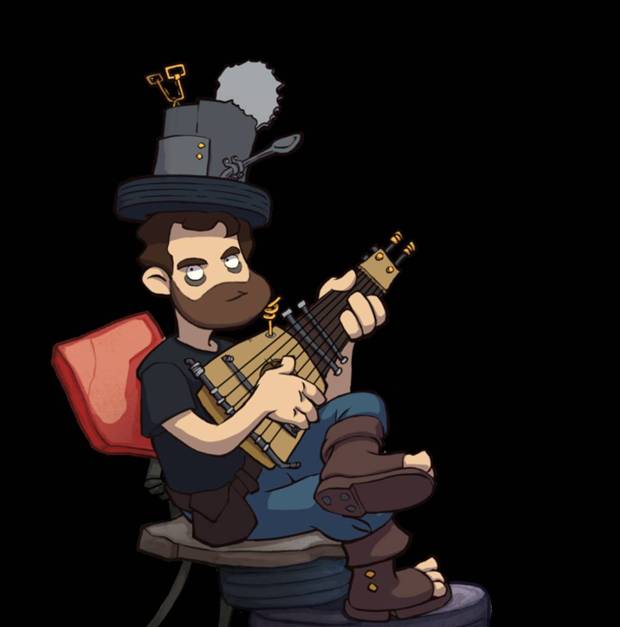
#GOODBYE DEPONIA ENDING EXPLAINED PC#
Polygon, giving the game a 55% rating, explained that it was "extraordinarily difficult to navigate" and "infuriating," concluding that the game had failed to live up to the promise of a "truly narrative-driven roguelike." Giving the game a 6/10, PC Games N praised the characters and setting, but criticized the different minigames as tedious. Adam Smith of Rock Paper Shotgun compared the game favorably to the openness of No Man's Sky with the short minigames of Weird Worlds: Return to Infinite Space, but felt that there was "not quite enough here to win me over completely". Its aggregate Metacritic score is 68/100. The reception to The Long Journey Home has been mixed.


A month after the game's release, The Long Journey Home was updated with an easier story mode. Initially, the game featured a trade system, but this was simplified in favor of credits. A goal for the game's writing was to create feelings of loneliness, vulnerability, and desperation. This led to what Cobbett described as "a lot of writing", which was organized in spreadsheets using proprietary tools. Quests were designed to encourage forward momentum, and also illustrate the different alien cultures and personalities. The team strived to maximize player choice, allowing them to break or ignore quests, or attack even friendly encounters. Where Star Control II described many aspects of the alien cultures through dialog, writer Richard Cobbett pushed to improve on this by making this culture more visible and interactive. The team has described the game as a roguelike space role-playing game, drawing its main inspiration from Star Control II and Starflight. Development ĭaedalic was a game studio known for point-and-click adventure games with a narrative focus. Each alien has their own culture, which creates challenges around cultural misunderstanding. For example, when an alien asks a player to transport a box, the player can decide to open the box and steal what's inside of it. The player can choose to help, ignore, attack, or even betray the quest-giver. The player will encounter aliens who offer them quests. There is a steep learning curve to be proficient to travel.

The physics of ship movement are realistic, as the player has to use gravitational slingshot to navigate. The player navigates a procedurally generated universe, which is randomized to make the experience of exploring more open-ended and diverse. The goal of the game is to return home after being lost in space. As the crew journeys back home, they meet aliens who offer them various quests. The game begins after a jump to Alpha Centauri goes wrong, leaving the misfit crew stranded on the far end of the galaxy. The player controls the crew of Earth's first jump-capable starship.


 0 kommentar(er)
0 kommentar(er)
